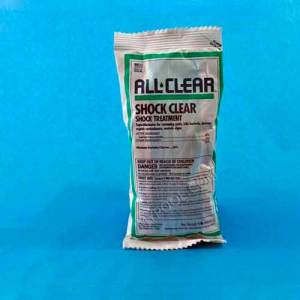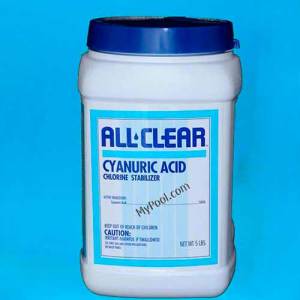Balancing the water is undoubtedly a critical step for the pool owner. Usually, comprehending water balance can be challenging. Balancing the pool and sanitizing the pool is not necessarily the same thing. A pool can be sanitary and not balanced. A balance pool should not be corrosive or scaling and be sanitary. A balanced pool will be kind to the skin and eyes, not scaling or corrosive and should not have the smell of chlorine.
These are reasons why having a balanced swimming pool is so vital:
Safety:
 If you’re employing either a salt-based swimming pool generating chlorine or a chlorine-based tablet swimming pool, then your pH requires to be accurate. If the pH isn’t balanced appropriately then the chlorine sanitizer would not be operating at full power killing bacteria and germs. The proper pH for comfort and sanitization is 7.4-7.6, Lower pH causes the chlorine to be too active and corrosive. Higher pH causes the chlorine to be less effective and possibly be the cause of scaling.
If you’re employing either a salt-based swimming pool generating chlorine or a chlorine-based tablet swimming pool, then your pH requires to be accurate. If the pH isn’t balanced appropriately then the chlorine sanitizer would not be operating at full power killing bacteria and germs. The proper pH for comfort and sanitization is 7.4-7.6, Lower pH causes the chlorine to be too active and corrosive. Higher pH causes the chlorine to be less effective and possibly be the cause of scaling.
Comfortable:
Properly balanced pool requires all parameters be within an acceptable range. If balanced properly it will be pleasing to your eyes and skin. The pH must be neither too acidic nor basic to feel comfortable and should be free of chloramines. Chloramines are chlorine and ammonia combined. Chloramines are strong irritants and can be the cause the pool smells like chlorine. Water that is balanced and chloramines free will be comfortable to the eyes and skin.
Corrosion:
An imbalanced swimming-pool can be acidic to the hand rail, ladders, liner, and other gear such as the pool pump.
What is involved in water balance?
• Total alkalinity – total alkalinity or TA refers to how much alkaline is in the water. pH and TA go hand-in-hand. The average pool must have an alkalinity reading of 100 ppm. Higher for Vinyl or Fiberglas pools.
• Pool water pH levels – keeping the pH level of your swimming pool is essential. pH refers to the acidity of your swimming-pool water. An appropriate pH level is about 7.4-7.6 on a pH test tool’s numeric scale.
• Calcium solidity – the appropriate quantity of calcium in your swimming-pool is vital. If there’s too little, your plaster can wear away. Extreme amount of calcium can make your water become cloudy. 200-400 ppm is the common range for calcium hardness, whereas 300 ppm is perfect for the standard pool, lower for Vinyl or Fiberglas pools.
• Total dissolved solids: All water holds dissolved minerals. As swimming pool water evaporates, minerals stay behind and become concentrated. The more concentrated these minerals become, the harder it’s for chemical stabilizers to work and stains can form. If you’ve 3000 ppm or more of total suspended solids, you may require removing some water and replacing it with fresh water.
Please note: Water balance does not include chlorine or stabilizer. Stabilizer may contribute to alkalinity, but is not actually part of water balance.
The Taylor 2005 test kit has been a long time favourite of the pool industry.
For a complete line of swimming pool chemicals look to MyPool.com for your swimming pool chemical needs.

No comments:
Post a Comment